Sex-positive and radical, these female artists rebelled against the status quo
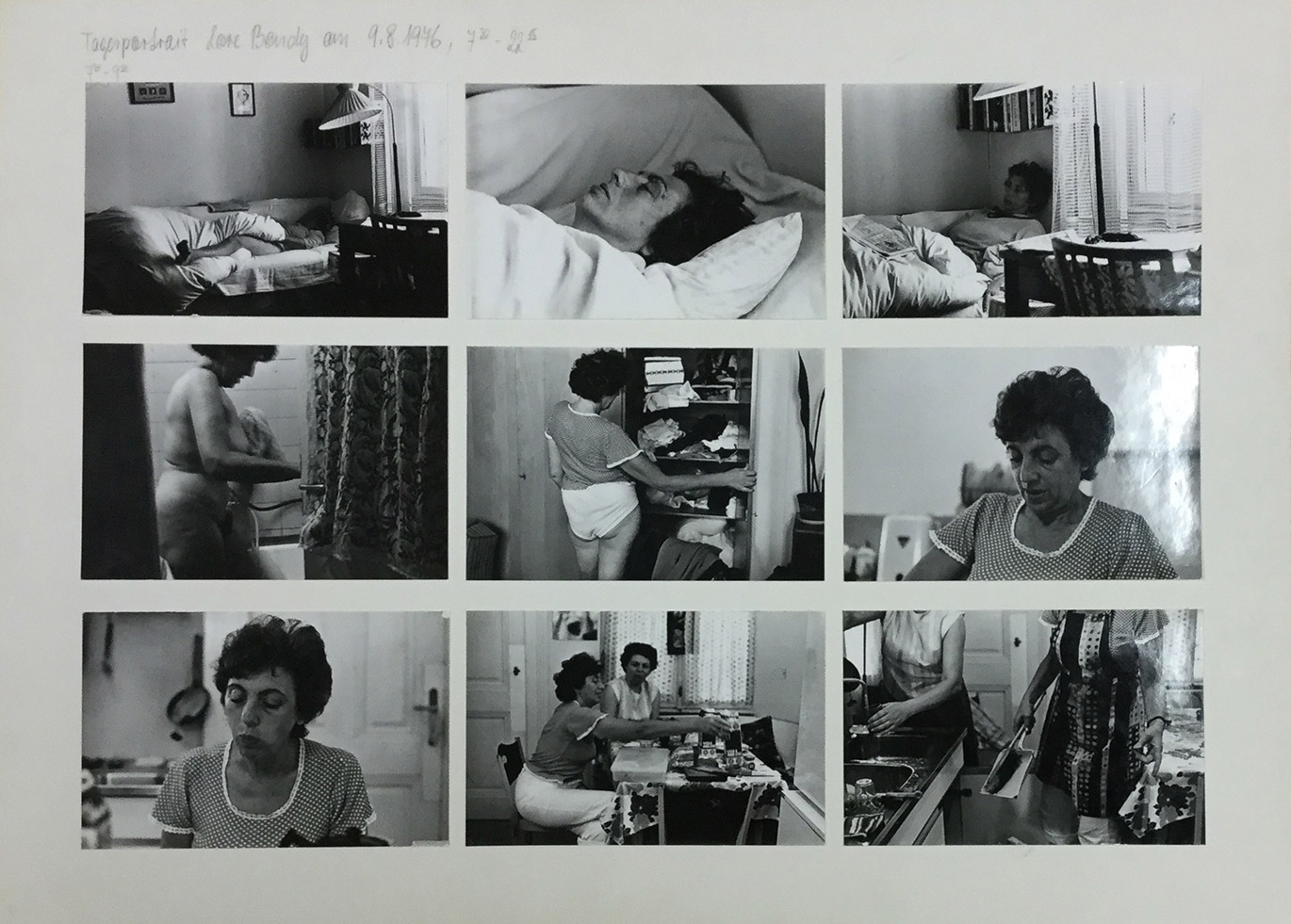
Woman is a buzzword in the arts. The thing is, the experience of being a woman is much more complicated than fulfilling a quota. With International Women’s Day and Mother’s Day in the UK coming up (thinly veiled marketing ploys or genuine celebrations of female power, it depends who you ask) Richard Saltoun gallery has staged a group show at its new space on Dover Street of women exploring themselves and other women, through their bodies.
‘Women Look at Women’ focuses on works by 13 artists — mostly European, and mostly black and white vintage photographs (with the exception of sculptures by Helen Chadwick). These baby-boomer women (born between 1935 and 1953) began practising their art at a very different time to the one we stand looking at them today: a carefree 1967 portrait of a smiling Sharon Tate, (two years before she was murdered by the Manson family) by self-taught photographer Elisabetta Catalano, is just one of the markers that gives time away.
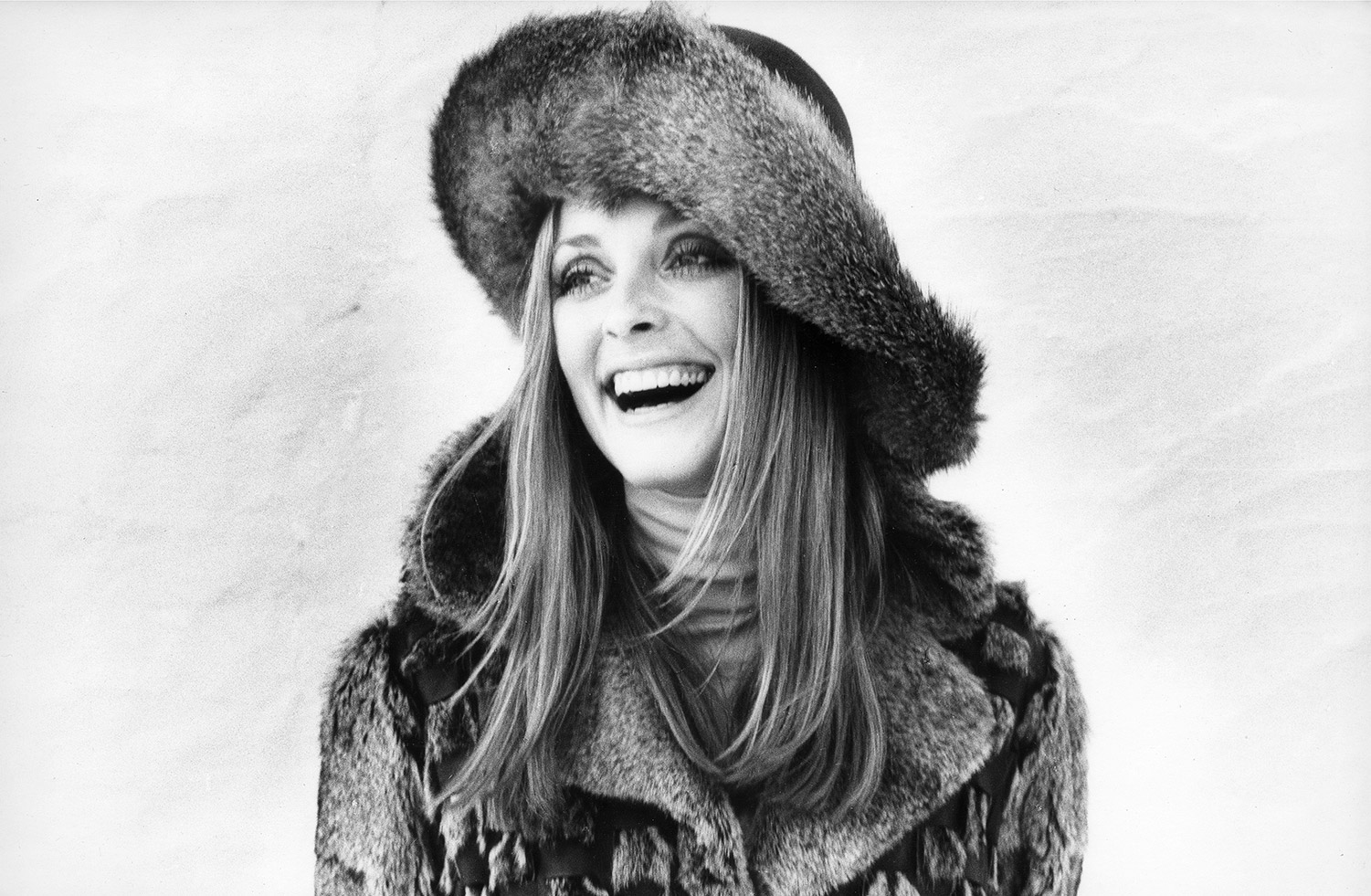
Sharon Tate, 1967, by Elisabetta Catalano, gelatin silver print on baryta paper. © Archivio Elisabetta Catalano. Courtesy of Richard Saltoun Gallery
Other works haven’t dated — because we still face the same prejudices and challenges now as then. The Hackney Flashers founder, Jo Spence, used her Fat Project, (a collaboration with Terry Dennett, shot between 1978 and 1979, and shown for the first time at the gallery) to challenge mainstream representation, the naked fish-eye frolics a reaction to entrenched ideas about how women’s bodies should look, and who should look at them.
Meanwhile the recently famous Renate Bertlmann’s 1969 work of 53 self-portraits as different female stereotypes, alongside documentation of Eleanor Antin’s 1974 performance as The King of Solana Beach in California, use theatre and performance to show gender is not fixed but fashioned — an idea that has been popularised since they made their works, and not only avant-garde community.
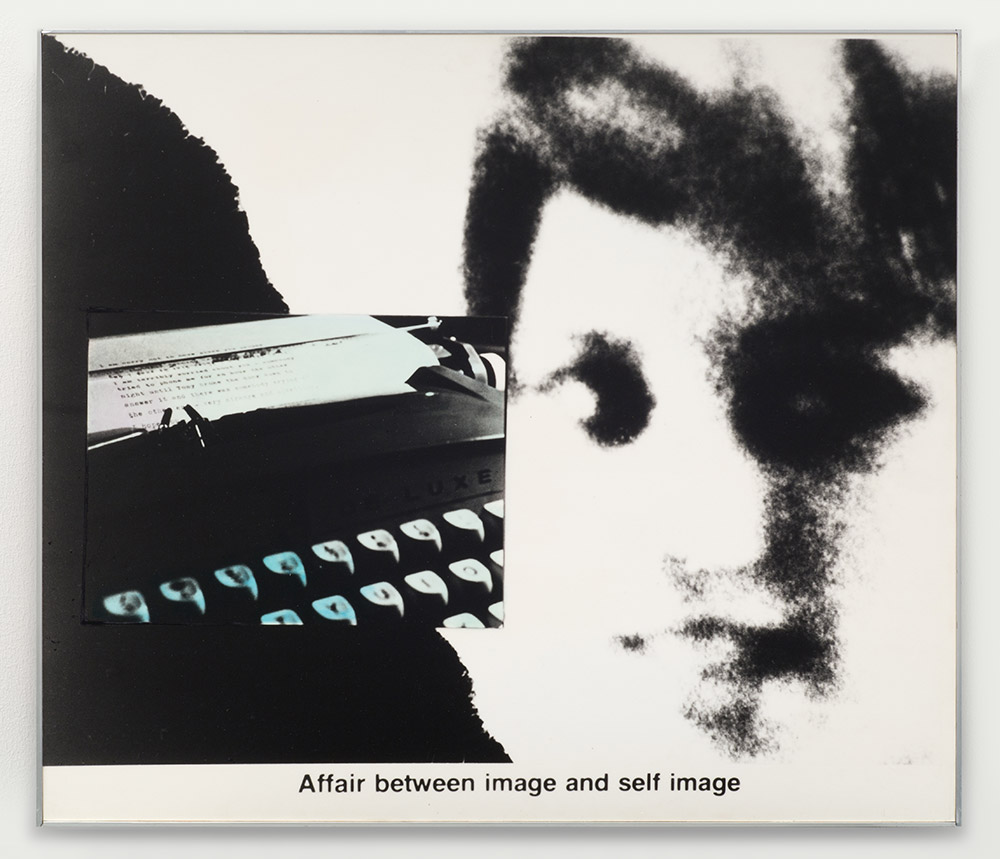
The Missing Woman, 1982-84, Marie Yates, black and white photomontage on board. © The artist. Courtesy of Richard Saltoun Gallery
They might have been unpopular in their day, but these artworks were also viewed in their intended context, as they are again now, in the relative safety of the art gallery. If Freidl Kubelka’s Pin-up series (one of the series is included in the display, but more are in the gallery’s archive, if you ask) had first popped up on Instagram, would they have the same veneer of intellectualism, or would she be regarded as ‘just another’ selfie artist? At the time rebellious, sex-positive and radical, looking at the pictures in 2018, they raise questions about the commercialisation of the female body — more relevant now that ever.
Case in point: across town at Galeria Melissa — a project endorsed by the shoe brand — is an exhibition by Juno Calypso, a 20-something artist whose work is directed towards the industry of being a woman, and how we buy femininity. At The Salon, in which she has recreated the ambience of a quotidian beauty parlour, but with a creeping sense of horror, manicures and face masks seem sci-fi. The millennial female gaze, according to Calypso, is stuck on a loop, but we’re narcissistic and we know it.
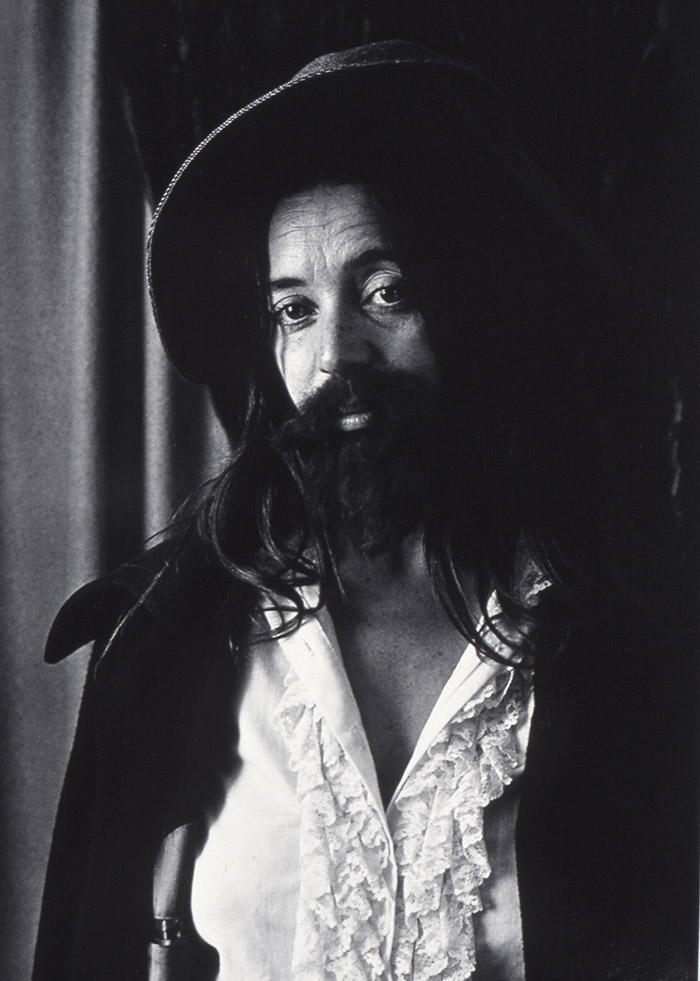
Portrait of a King, 1972, by Eleanor Antin, black and white photograph mounted on board. © The artist. Courtesy of Richard Saltoun Gallery
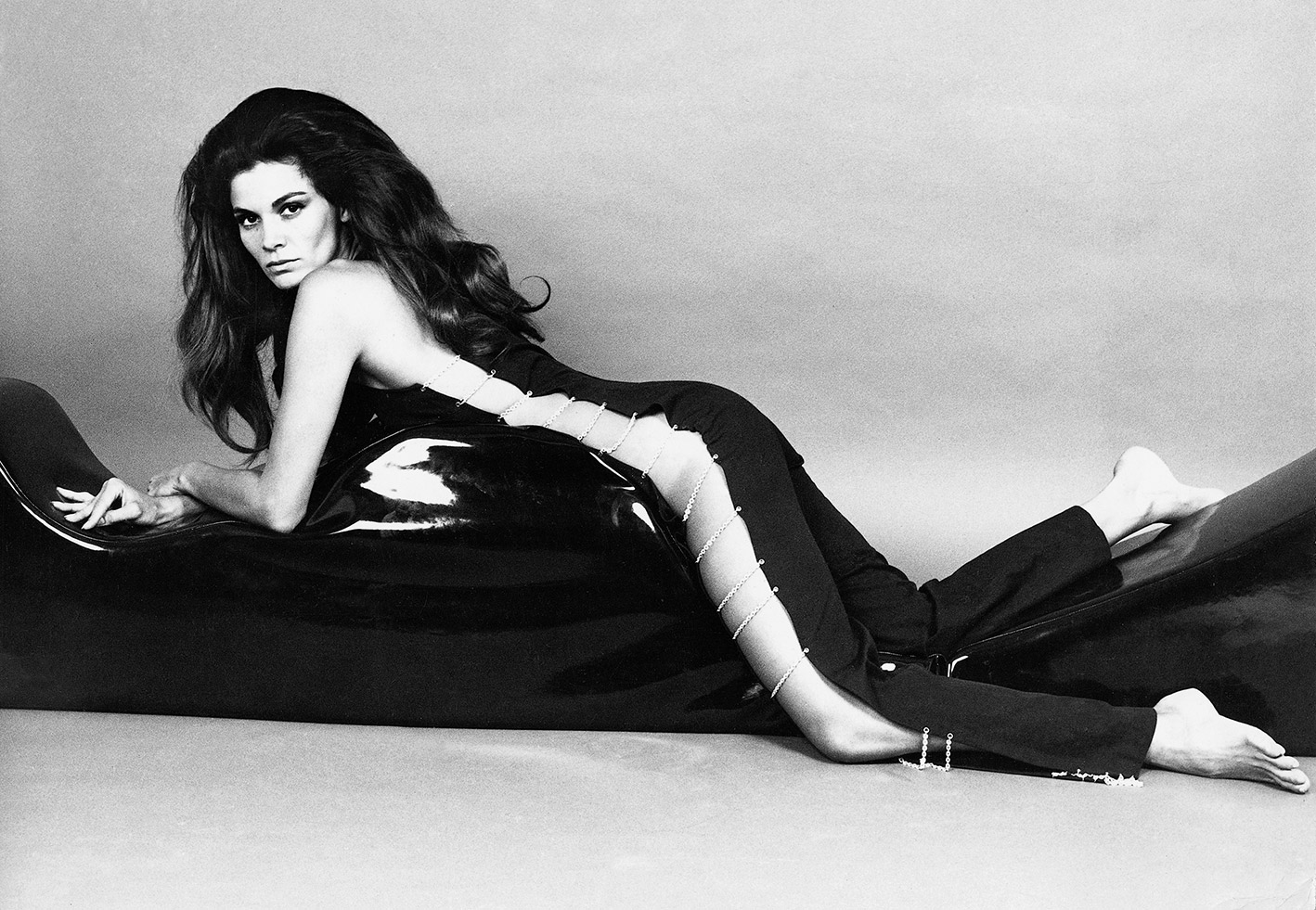
Bolkan Florinda, 1969, by Elisabetta Catalano, vintage gelatin silver print on baryta paper. © Archivio Elisabetta Catalano. Courtesy of Richard Saltoun Gallery
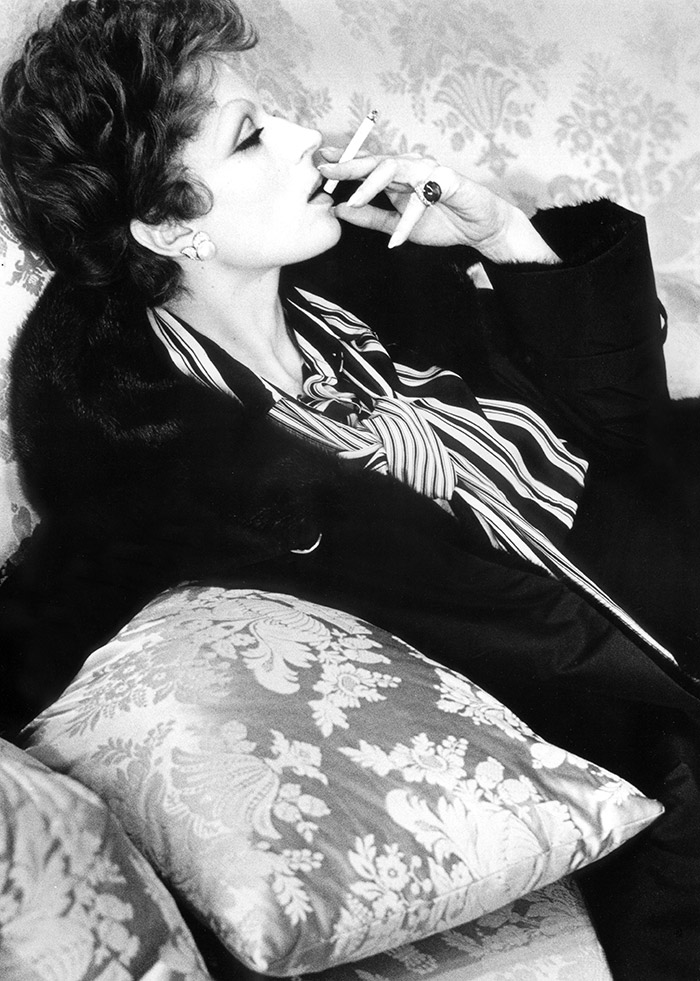
Silvana Mangano, 1974, by Elisabetta Catalano, vintage gelatin silver print on baryta paper. © Archivio Elisabetta Catalano. Courtesy of Richard Saltoun Gallery
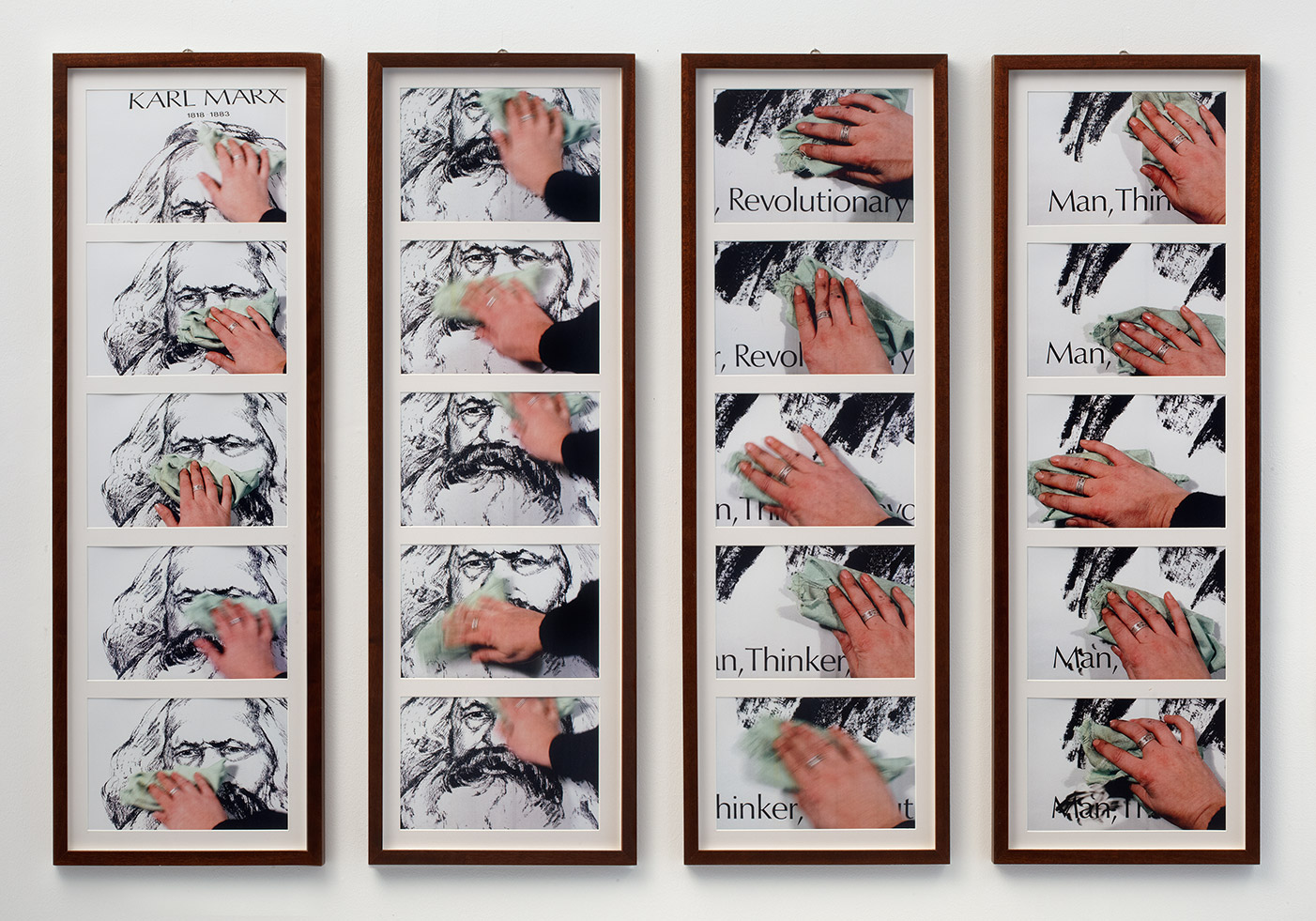
The Marxist’s Wife (still does the housework), 1978/2005, by Alexis Hunter. © The estate of the artist. Courtesy of Richard Saltoun Gallery
INFORMATION
‘Women Look at Women’ is on view until 31 March 2018. For more information, visit the Richard Saltoun website
ADDRESS
Richard Saltoun
41 Dover Street
London W1S 4NS
Wallpaper* Newsletter
Receive our daily digest of inspiration, escapism and design stories from around the world direct to your inbox.
Charlotte Jansen is a journalist and the author of two books on photography, Girl on Girl (2017) and Photography Now (2021). She is commissioning editor at Elephant magazine and has written on contemporary art and culture for The Guardian, the Financial Times, ELLE, the British Journal of Photography, Frieze and Artsy. Jansen is also presenter of Dior Talks podcast series, The Female Gaze.
-
 Tour the best contemporary tea houses around the world
Tour the best contemporary tea houses around the worldCelebrate the world’s most unique tea houses, from Melbourne to Stockholm, with a new book by Wallpaper’s Léa Teuscher
By Léa Teuscher
-
 ‘Humour is foundational’: artist Ella Kruglyanskaya on painting as a ‘highly questionable’ pursuit
‘Humour is foundational’: artist Ella Kruglyanskaya on painting as a ‘highly questionable’ pursuitElla Kruglyanskaya’s exhibition, ‘Shadows’ at Thomas Dane Gallery, is the first in a series of three this year, with openings in Basel and New York to follow
By Hannah Silver
-
 Australian bathhouse ‘About Time’ bridges softness and brutalism
Australian bathhouse ‘About Time’ bridges softness and brutalism‘About Time’, an Australian bathhouse designed by Goss Studio, balances brutalist architecture and the softness of natural patina in a Japanese-inspired wellness hub
By Ellie Stathaki
-
 ‘Humour is foundational’: artist Ella Kruglyanskaya on painting as a ‘highly questionable’ pursuit
‘Humour is foundational’: artist Ella Kruglyanskaya on painting as a ‘highly questionable’ pursuitElla Kruglyanskaya’s exhibition, ‘Shadows’ at Thomas Dane Gallery, is the first in a series of three this year, with openings in Basel and New York to follow
By Hannah Silver
-
 The art of the textile label: how British mill-made cloth sold itself to Indian buyers
The art of the textile label: how British mill-made cloth sold itself to Indian buyersAn exhibition of Indo-British textile labels at the Museum of Art & Photography (MAP) in Bengaluru is a journey through colonial desire and the design of mass persuasion
By Aastha D
-
 Artist Qualeasha Wood explores the digital glitch to weave stories of the Black female experience
Artist Qualeasha Wood explores the digital glitch to weave stories of the Black female experienceIn ‘Malware’, her new London exhibition at Pippy Houldsworth Gallery, the American artist’s tapestries, tuftings and videos delve into the world of internet malfunction
By Hannah Silver
-
 Ed Atkins confronts death at Tate Britain
Ed Atkins confronts death at Tate BritainIn his new London exhibition, the artist prods at the limits of existence through digital and physical works, including a film starring Toby Jones
By Emily Steer
-
 Tom Wesselmann’s 'Up Close' and the anatomy of desire
Tom Wesselmann’s 'Up Close' and the anatomy of desireIn a new exhibition currently on show at Almine Rech in London, Tom Wesselmann challenges the limits of figurative painting
By Sam Moore
-
 A major Frida Kahlo exhibition is coming to the Tate Modern next year
A major Frida Kahlo exhibition is coming to the Tate Modern next yearTate’s 2026 programme includes 'Frida: The Making of an Icon', which will trace the professional and personal life of countercultural figurehead Frida Kahlo
By Anna Solomon
-
 A portrait of the artist: Sotheby’s puts Grayson Perry in the spotlight
A portrait of the artist: Sotheby’s puts Grayson Perry in the spotlightFor more than a decade, photographer Richard Ansett has made Grayson Perry his muse. Now Sotheby’s is staging a selling exhibition of their work
By Hannah Silver
-
 From counter-culture to Northern Soul, these photos chart an intimate history of working-class Britain
From counter-culture to Northern Soul, these photos chart an intimate history of working-class Britain‘After the End of History: British Working Class Photography 1989 – 2024’ is at Edinburgh gallery Stills
By Tianna Williams